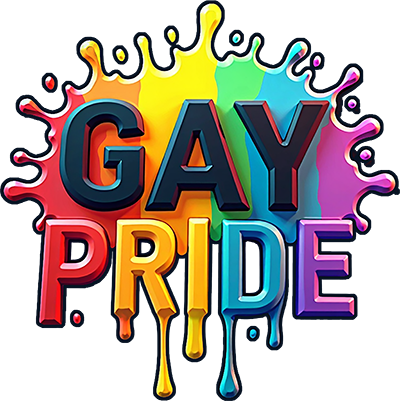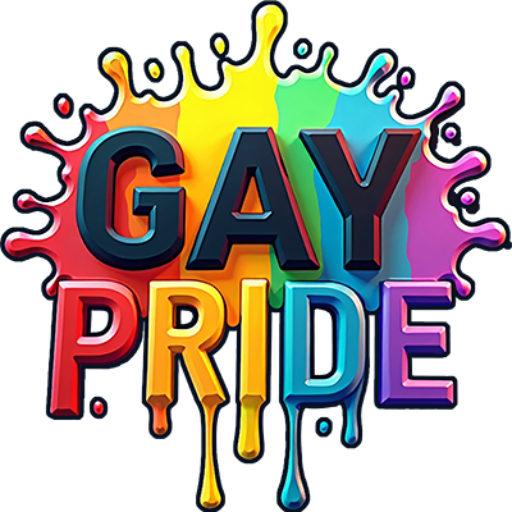Exploring the LGBTQ Spectrum: Beyond Gay and Lesbian
The LGBTQ community is a vibrant and diverse tapestry of identities and experiences. While terms like “gay” and “lesbian” are widely recognized, they represent only a fraction of the full spectrum. This blog post aims to shed light on the broader range of identities within the LGBTQ community, exploring the nuances and stories that make this community so rich and complex. 🌈
Table of Contents
1. Introduction to the LGBTQ Spectrum
2. Bisexuality: More Than Just a Phase
3. Transgender: Understanding Gender Identity
4. Non-Binary and Genderqueer: Beyond the Binary
5. Asexuality: The Invisible Orientation
6. Pansexuality: Hearts, Not Parts
7. Conclusion
8. FAQs
Introduction to the LGBTQ Spectrum
When discussing LGBTQ identities, it’s crucial to acknowledge that each letter in the acronym represents a unique aspect of human diversity. The spectrum is not just a collection of labels but a reflection of people’s lived experiences. By understanding the full spectrum, we can foster inclusivity and empathy, ensuring everyone feels seen and heard.
Bisexuality: More Than Just a Phase
Bisexuality is often misunderstood and stigmatized, with many people mistakenly believing it’s a temporary or transitional phase. However, bisexuality is a legitimate and enduring sexual orientation. Bisexual individuals are attracted to more than one gender, but this doesn’t necessarily mean they are equally attracted to all genders. It’s about the capacity for attraction, not a fixed quota or split.
Understanding and validating bisexuality is essential for creating a supportive LGBTQ community. By challenging stereotypes and misconceptions, we can recognize the diverse experiences of bisexual individuals. 💖💜💙
Transgender: Understanding Gender Identity
Transgender is an umbrella term for people whose gender identity differs from the sex they were assigned at birth. This includes not only those who transition from male to female or vice versa but also individuals who identify as non-binary or genderqueer.
Transgender people face unique challenges, including discrimination and lack of access to healthcare. By learning about transgender identities and advocating for their rights, we can help build a world where everyone can live authentically and with dignity.
Non-Binary and Genderqueer: Beyond the Binary
Non-binary and genderqueer individuals do not subscribe to the traditional binary understanding of gender as strictly male or female. Instead, they may identify as both, neither, or somewhere in between. This identity challenges societal norms and calls for more inclusive language and policies.
Recognizing non-binary and genderqueer identities is essential in fostering a more inclusive society. By respecting their pronouns and understanding their experiences, we can support their fight for recognition and equality. 🌟
Asexuality: The Invisible Orientation
Asexuality is often termed the “invisible orientation” because it doesn’t fit neatly into society’s expectations about sexual attraction. Asexual individuals experience little to no sexual attraction to others, but this doesn’t mean they lack the capacity for love or connection.
Understanding asexuality helps dismantle myths around relationships and attraction. It’s important to recognize that asexual people can have fulfilling, meaningful relationships that are not defined by sexual attraction.
Pansexuality: Hearts, Not Parts
Pansexuality is about attraction to individuals regardless of their gender. Pansexual people are often described as being attracted to “hearts, not parts,” meaning their attraction is based on personality and connection rather than gender.
This inclusive approach to attraction celebrates the uniqueness of individuals, advocating for a love that transcends traditional boundaries. Recognizing pansexuality helps broaden our understanding of attraction and fosters a more inclusive community. 💛💗💙
Conclusion
The LGBTQ spectrum is a diverse and dynamic community that encompasses a wide range of identities and experiences. By exploring beyond the commonly recognized labels of gay and lesbian, we open our minds to the beautiful complexity of human identity. Understanding and celebrating this diversity is crucial for creating a more inclusive and empathetic world.
FAQs
Q: What does LGBTQ stand for?
A: LGBTQ stands for Lesbian, Gay, Bisexual, Transgender, and Queer/Questioning. The acronym is sometimes expanded to include other identities, such as LGBTQIA+, where “I” stands for Intersex and “A” for Asexual.
Q: How can I support my LGBTQ friends?
A: Listen to their experiences, respect their pronouns, educate yourself about LGBTQ issues, and stand up against discrimination. Being an ally is about showing empathy and taking action to support equality.
Q: Why is it important to use correct pronouns?
A: Using correct pronouns is a way to show respect and acknowledge a person’s identity. It validates their experience and helps create an inclusive environment.
By embracing the full LGBTQ spectrum, we can move towards a future where everyone feels accepted and valued for who they are. Let’s continue to learn, grow, and stand together in support of diversity and inclusion. 🌈

